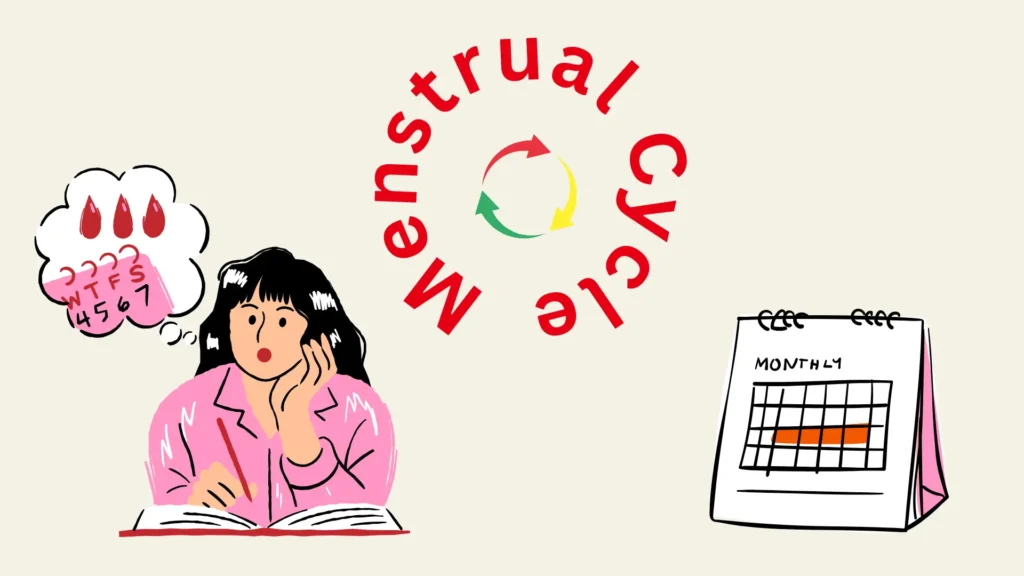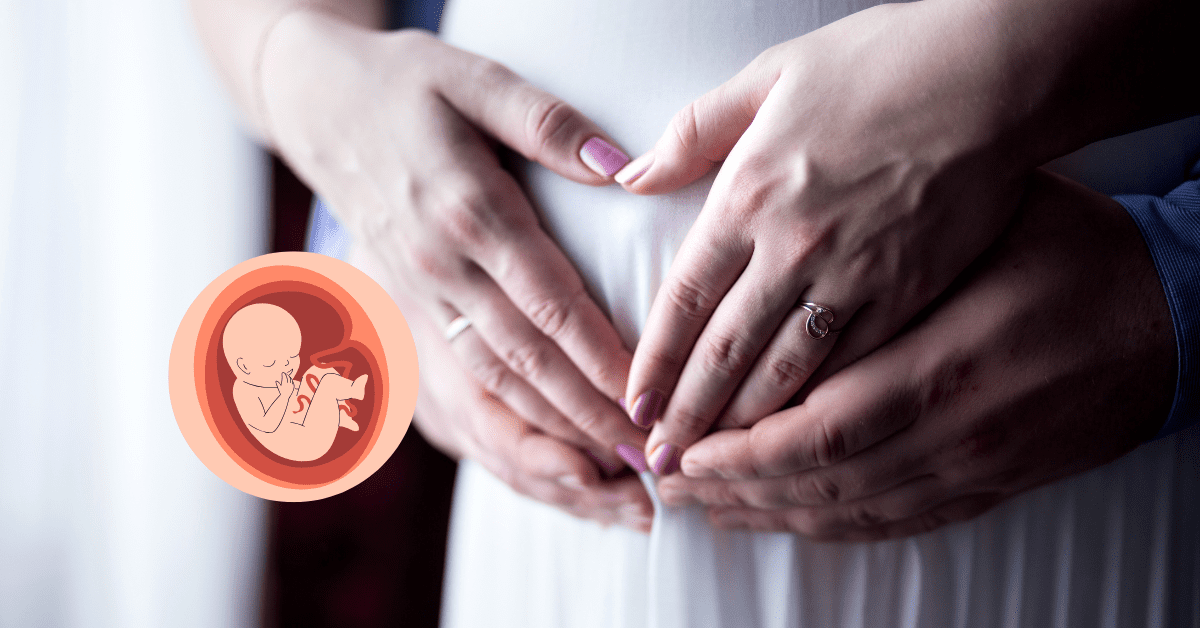Pregnancy vs Menstrual Cycle
Understanding the difference between pregnancy and the menstrual cycle is essential for women’s health and wellness. While both processes are natural, they serve very different purposes in a woman’s body. This guide breaks down the key differences, including signs, symptoms, and how each process works.
What is the Menstrual Cycle?
The menstrual cycle is a natural, recurring process that prepares a woman’s body for the potential of pregnancy each month. It involves a series of hormonal changes that support the development and release of an egg, and if fertilization does not occur, the body sheds the uterine lining, leading to menstruation. Here’s a step-by-step breakdown of how this intricate cycle works:
- Menstrual Phase (Days 1–5): The cycle begins with menstruation, where the uterine lining, or endometrium, sheds and exits the body. This phase is marked by menstrual bleeding, which typically lasts 3–7 days.
- Follicular Phase (Days 1–13): Simultaneously, the body starts the follicular phase. The pituitary gland is activated to release follicle-stimulating hormone (FSH), stimulating the ovaries to develop follicles. One follicle matures, preparing an egg for ovulation, while the uterus begins to rebuild its lining in preparation for a potential pregnancy.
- Ovulation (Day 14): Around the middle of the cycle, a surge in luteinizing hormone (LH) triggers ovulation, causing the mature egg to be released from the ovary. This egg travels down toward the fallopian tube, where it can be fertilized if sperm is present.
- Luteal Phase (Days 15–28): After ovulation, the ruptured follicle transforms into the corpus luteum, which secretes progesterone. This hormone supports the thickening of the uterine lining of the mother, making it a hospitable environment for a fertilized egg. If fertilization does not occur, the corpus luteum breaks down, progesterone levels decrease, and the uterine lining begins to shed, leading to the start of a new menstrual cycle.
This well-coordinated sequence ensures the body is regularly prepared for pregnancy while also maintaining hormonal balance. Each phase plays a crucial role, highlighting the incredible adaptability of the female reproductive system.
Signs and Symptoms of the Menstrual Cycle

- Cramping: Mild to moderate abdominal cramps
- Bloating: Due to hormonal changes
- Mood Changes: Often caused by hormonal fluctuations
- Breast Tenderness: Common as hormone levels rise and fall
- Bleeding: This is the period itself, signaling the start of a new cycle
What is Pregnancy?
Pregnancy begins when a fertilized egg implants itself in the uterus, beginning a nine-month journey to develop into a baby. It stops the menstrual cycle, leading to specific signs that can help confirm pregnancy.
1. Stages of Pregnancy
- First Trimester (Weeks 1-12): Key early development, accompanied by symptoms like nausea, fatigue, and missed periods.
- Second Trimester (Weeks 13-26): Less nausea, increased energy, and baby movement begins.
- Third Trimester (Weeks 27-40): The baby grows rapidly, and the body prepares for labor.
Signs and Symptoms of Pregnancy
- Missed Period: The earliest sign of pregnancy
- Nausea: Common in the first trimester, often referred to as morning sickness
- Fatigue: Hormonal changes can cause extreme tiredness
- Breast Changes: Enlargement and tenderness
- Frequent Urination: Pressure on the bladder as the uterus grows
Key Differences Between Pregnancy and the Menstrual Cycle
1. Hormones
- Menstrual Cycle: Hormones fluctuate throughout, causing regular bleeding.
- Pregnancy: Hormones stabilize to support the growing baby, which stops the menstrual cycle.
2. Physical Symptoms
- Menstrual Symptoms: Cramps, bloating, and breast tenderness; often regular and predictable.
- Pregnancy Symptoms: Include nausea, missed period, and fatigue, which are less predictable and specific to pregnancy.
3. Duration
- Menstrual Cycle: Typically lasts 28 days.
- Pregnancy: Lasts around 40 weeks (9 months).
How to Tell the Difference: Pregnancy Test vs. PMS Symptoms
If you’re unsure whether symptoms are due to a menstrual cycle or pregnancy, a home pregnancy test can help clarify. Here are signs to consider:
- Timing of Symptoms: PMS symptoms usually happen right before a period, while pregnancy symptoms often start after a missed period.
- Type of Symptoms: Pregnancy symptoms tend to be more intense and may include nausea and strong fatigue, which aren’t typical for PMS.
Conclusion: Recognizing the Distinction Between Pregnancy and Menstrual Cycles
Understanding your body’s signals can help you differentiate between the menstrual cycle and pregnancy. Knowing the symptoms, timing, and hormone influences of each is essential for managing health. For further confirmation, consult a healthcare provider or take a pregnancy test if you experience a missed period and other pregnancy-related symptoms.
This blog post is designed to provide a simple overview of pregnancy vs. the menstrual cycle for readers seeking clarity on these essential processes.

